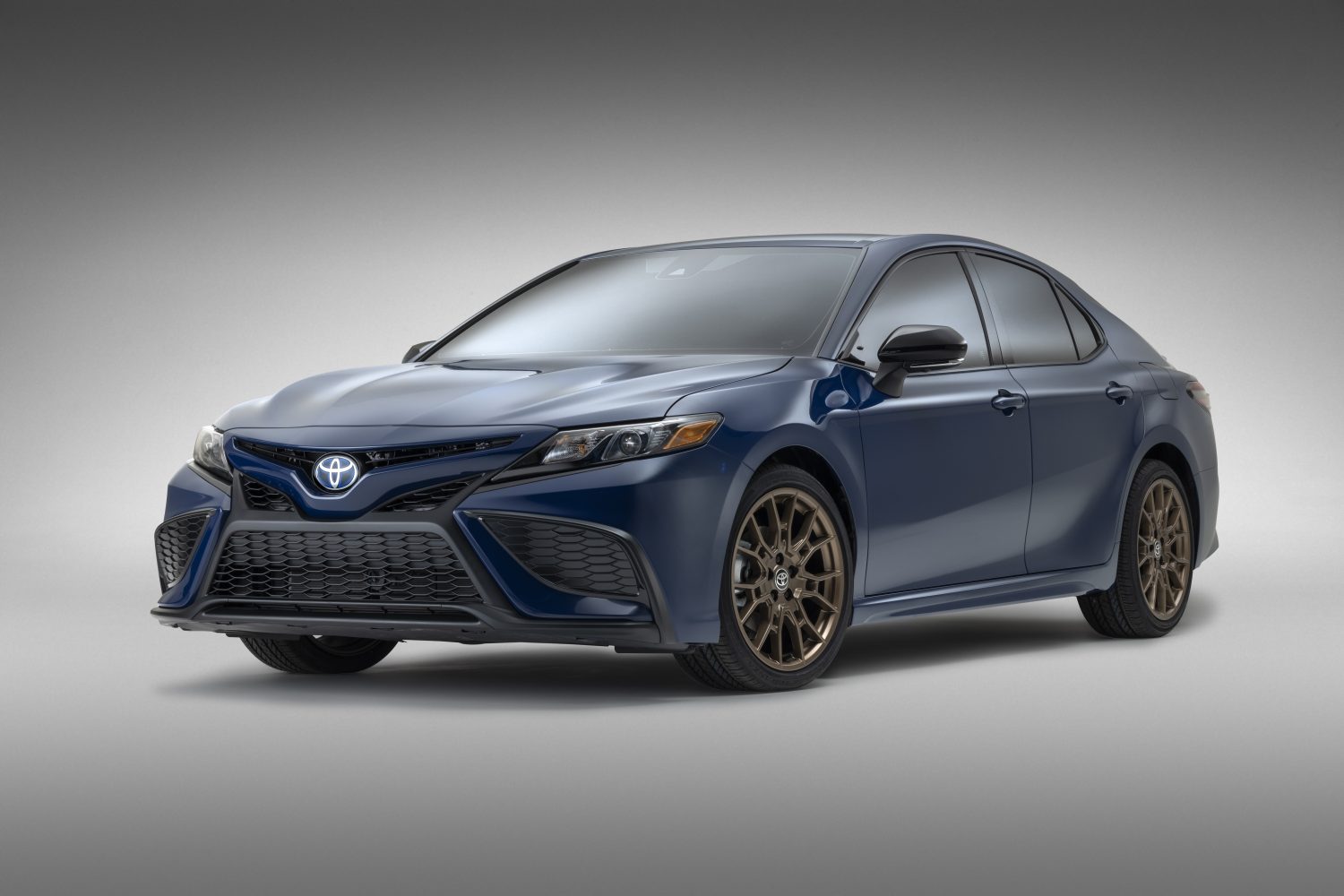
Price: $29,750 - $35,190
8.1 /10
Rating
Pros
- Best-in-class hybrid fuel efficiency
- Spacious, ergonomic cabin design
- Decade-long hybrid battery warranty
Cons
- Stiff suspension on rough roads
- Base infotainment feels dated
- Cargo space trails rivals
Overview: 2023 Camry Hybrid
This hybridized four-door blends fuel economy (a tested 50 mpg combined) with the reputation of Toyota’s reliability—traits that’ve kept it a number-one seller for years. The formula one-inspired engineering feels more subtle here, prioritizing easy-to-drive nature over race-ready thrills. While the four-cylinder powertrain won’t rival the powerful V-6 or sporty-looking Toyota Camry TRD, it’s packaged for efficiency, handling errands and daily commutes without dropping below 45 mpg, even with spirited driving. The interior is trimmed with soft-touch materials, though rivals like the Honda Accord offer more in-depth tech attributes.
Safety shines with standard Toyota Safety Sense, and the spacious seats absorb bumps better than the Hyundai Sonata’s firmer set. Opt for the Nightshade edition with bronze wheels to lean into its stylish, generation-refreshed looks. But the ride can feel high-strung on broken roads, a trade-off for its sharp handling. The Lexus RX 450h+ still leads in luxury, but this mainstay balances attributes like low-maintenance costs and respectably quiet cruising for everyday drivers.
Automakers embrace hybrids, but this four-door proves that Toyota hasn’t changed its winning formula. It lacks the redesigned Accord Hybrid’s polish or the Prius‘s futuristic edge, yet its continued sales crown in the sedan segment makes sense. The hybridized powertrain isn’t exciting, but it’s fuel-sipping and easy to live with—ideal for those wanting safe, reliable transport without walls of compromise. Don’t expect time trials or top-tier luxury; it’s a practical answer to SUVs, not a market disruptor.
What's New in the 2023 Camry Hybrid?
The 2023 Camry Hybrid gets subtle updates for its eighth generation. The front grille now sports a sharper matte black finish on higher trims like the Nightshade, complemented by bronze wheels that add a touch of style without being too flashy. New color options include Midnight Black and Reservoir Blue, though I would have liked to see bolder choices like the Honda Accord’s vibrant palette. The tail lights are slimmer, and the SE trim now comes with standard 19-inch wheels for a sportier look while maintaining ride comfort.
Inside, the digital display grows to 12.3 inches on top trims, while base models still have a smaller 7-inch cluster. Driver-assistance tech gets an upgrade with automatic mirror adjustments and improved road-sign reading capabilities. While the rear spoiler and black badges add a sporty touch, the overall interior design remains familiar.
Pricing, Trim Levels, and Best Choice
The Hybrid’s starting price is $27,415—well below the Honda Accord Hybrid and closer to the Hyundai Sonata’s base tag. For family buyers, the well-equipped LE trim offers standard safety features and roomy accommodations, though its cloth seats lack the handsome leather upgrade available in the $35,190 XLE. While the top-spec model reflects Lexus-lite luxury, it has many expensive options that can significantly increase the price. With its stellar fuel economy and user-friendly technology, the mid-tier SE trim offers a strong balance of value and features.
Where this sedan wins is class-leading fuel efficiency paired with double the practicality of pricier hybrids. The rides stay composed over bumps, and the interior feels driven by function over flair—think Hyundai’s playful design versus Toyota’s “sensible shoes” approach. If safety and cost-effective ownership matter most, stick with the base LE. But if you crave little luxuries like heated seats, the SE trim best reflects a balance without Lexus price walls.
Powertrain, Transmission, and Driving Dynamics
The hybrid powertrain pairs a 2.5L four-cylinder with an electric motor, delivering 208 hp—enough for smooth acceleration but far from the 301-hp V-6’s thrill. While merging onto highways, the eight-speed automatic shifts responsively, though the low-rolling-resistance tires occasionally chirp under hard cornering. The regenerative braking system recharges the battery pack seamlessly, but the pedal feels weighted and slightly numb compared to the Honda Accord Hybrid’s sharper feedback.
Handling leans toward comfortable rather than sporty, with soft, velvety suspension that absorbs bumps well during day-to-day commuting. Push it hard on twisty roads, and the steering lacks the precision of the Camry TRD, though it’s acceptable for a midsize family sedan. Where it excels is care-free efficiency: even during aggressive testing, I saw 40+ mpg without trying. It won’t satisfy energy junkies craving exciting performance, but for broad usability and decent ride quality, it’s a class-leading meld of main strengths.
Fuel Efficiency and Driving Range
Toyota’s Hybrid has earned an EPA rating of 51 MPG city and 53 highway, brilliantly beating nonhybrid models without sacrifice. During real-world testing, my base LE trim returned 49 MPG in mixed driving—even with occasional quick merges—proving its efficiency claims. The four-cylinder engine and regenerative braking work exceptionally well in stop-and-go traffic, though upper trims like the SE and XLE dip slightly due to heavier 19-inch wheels. It’s a fuel-sipping champ for highway road trips, but visit the website for detailed lineup ratings—the luxury-adjacent XLE prioritizes comfort over MPG. While it won’t perform like a V-6, the car’s economy information is as honest as its real-world numbers.
Premium Interior and Comfort
Higher trims like the XLE elevate material quality with padded surfaces and an inviting layout, though entry-level models lean functional over plush. The optional ventilated seats and heated steering wheel add comfort, but even expensive versions can’t match the Honda Accord’s upscale vibe. Cabin noise stays hushed around town, though wind and road hum creep in at speed—reminders this isn’t a luxurious flagship.
Ride comfort feels buoyant over bumps, and the driving position suits most body types, with controls within easy reach. Rear seats offer ample room, but narrow door openings challenge taller passengers. The dashboard prioritizes logic over flair, and the center section’s uninspired design trails the Hyundai Sonata’s sleekness. Still, visibility and intuitive tech keep it adaptable for daily driving, even if it won’t wow luxury seekers.
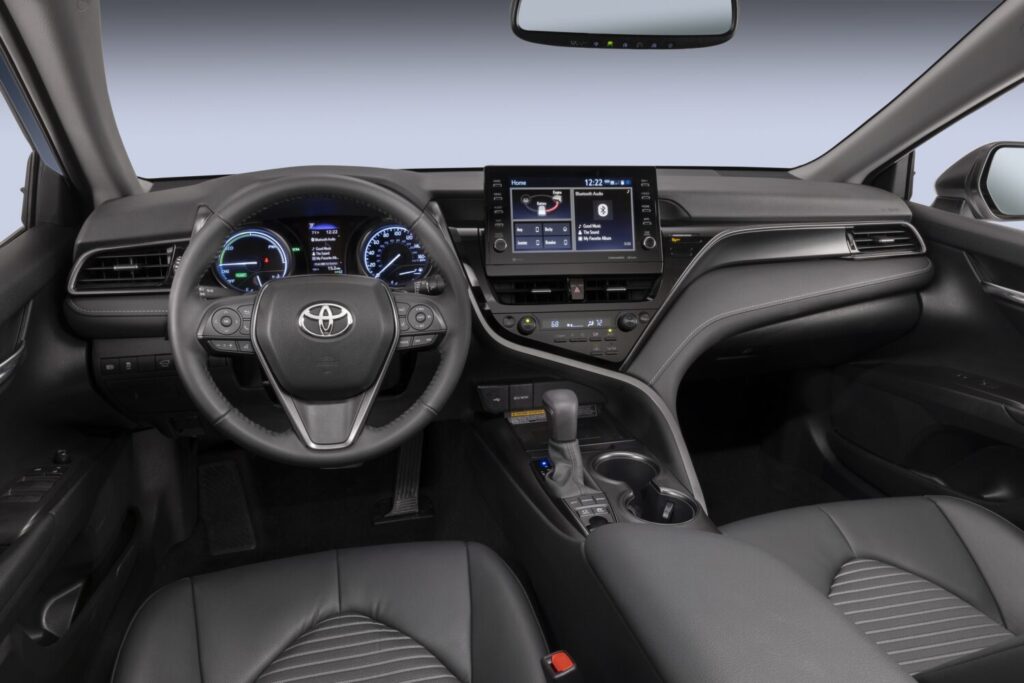
Cargo Space and Practicality
Due to battery intrusion, families will appreciate the Hybrid’s 15.1-cubic-foot trunk, though smaller than the Accord’s roomier area. The liftover height stays low for speedy loading, and the wide opening fits full-size suitcases—though the sliding cargo cover limits vertical space. Standard anchors and fold-down rear seats (a bonus) enhance practicality, but bulky items like strollers test their limits.
Inside, cabin storage shines with a deep center armrest bin, wireless charger, and smaller dash compartments—though the charger’s left-hand installation nudges phones awkwardly. Generous footroom and accessibility offset the Hybrid’s apart-from-luxury vibe, making it tell a story of function over flair.
Infotainment, Connectivity, and Smart Tech
The Hybrid’s Infotainment system pairs a 9-inch touchscreen with wireless Apple CarPlay and Android Auto, though wireless charging feels sluggish compared to the Honda Accord’s quicker pad. Toyota’s Entune software isn’t refined—menus lag during inputs, and Amazon Alexa integration lacks the polish of Hyundai’s smartphone-like fluidity. Upper trims add navigation and a 12.3-inch digital cluster, but base models stick with a 7-inch screen that feels dated next to rivals.
Toyota Safety Sense shines with adaptive cruise control and lane-keeping that respond reliably to highway tests, though emergency braking can be overly cautious. USB ports are plentiful, but their placement under the dash forces awkward cable work. While the system covers safety basics well, tech enthusiasts might miss the pricier competitors’ adaptive options.
Safety and Driving Support
Toyota’s Safety Sense suite comes standard, with adaptive cruise control and lane-keeping assist that handle highways confidently—though the system occasionally nags like a backseat driver. The Pre-Collision System spotted pedestrians reliably in my city tests, but its emergency braking can feel overly eager. NHTSA gave it a 5-star rating, and IIHS named it a Top Safety Pick+, yet parking sensors remain optional, unlike the Hyundai Sonata’s standard Reversing Sonar.
Key features:
✅ Standard adaptive cruise/lane-keeping aids long drives.
✅ Optional parking sensors lag rivals’ base offerings.
✅ NHTSA 5-star safety rating across all tests.
Toyota's Warranty and Maintenance Plan
Hybrid coverage shines with a 10-year/150,000-mile warranty on critical Hybrid components, easily surpassing Kia’s 60,000-mile cap or Hyundai’s five-year basic terms. The three-year/36,000-mile complimentary scheduled maintenance is practical, though rivals like the Sonata include 25,000-mile service periods up front. While the powertrain warranty aligns with class standards, Toyota’s hybrid battery guarantee remains a standout—no competitor in this segment locks in protection for an entire decade.
Key features:
✅ Decade-long hybrid battery coverage leads the category.
✅ The basic warranty trails Hyundai’s five-year offering.
✅ Three years of free routine maintenance.
2023 Toyota Camry Hybrid models
The Hybrid lineup spans five trim levels, from the LE (focused on fuel efficiency) to the XSE (sporty 19-inch wheels and a powered sunroof). All share a 2.5-liter four-cylinder paired with Toyota’s hybrid system, sending 208 horsepower through a continuously variable transmission. The SE Nightshade trim highlights blacked-out accents and bronze wheels, which I found subtly sharp during a weekend test drive—though it lacks the XSE’s adaptive suspension for sharper handling.
While the front-wheel drive setup prioritizes efficiency, the powertrain feels more utilitarian than engaging compared to the Honda Accord Hybrid’s variable driving modes. Upper trims like the XLE add leather seats and a larger infotainment screen. Still, even base models impress with low ownership costs and Toyota’s reliability—a total package for pragmatic buyers over thrill-seekers.
| Trim Level | Features |
|---|---|
| Camry Hybrid LE |
|
| Camry Hybrid SE |
|
| Camry Hybrid SE Nightshade Edition |
|
| Camry Hybrid XLE |
|
| Camry Hybrid XSE |
|
Gallery:
Images sourced from Toyota Newsroom.


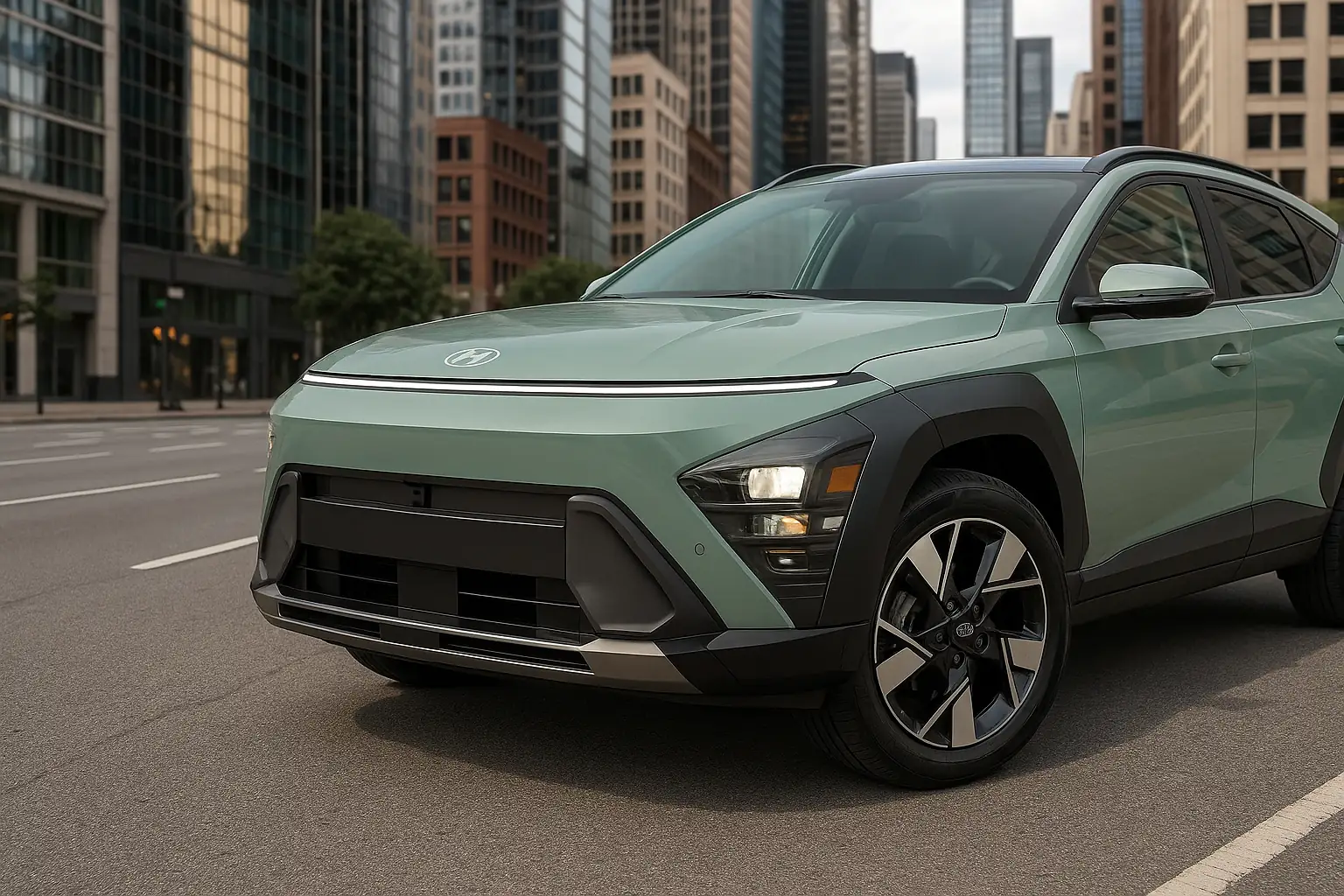
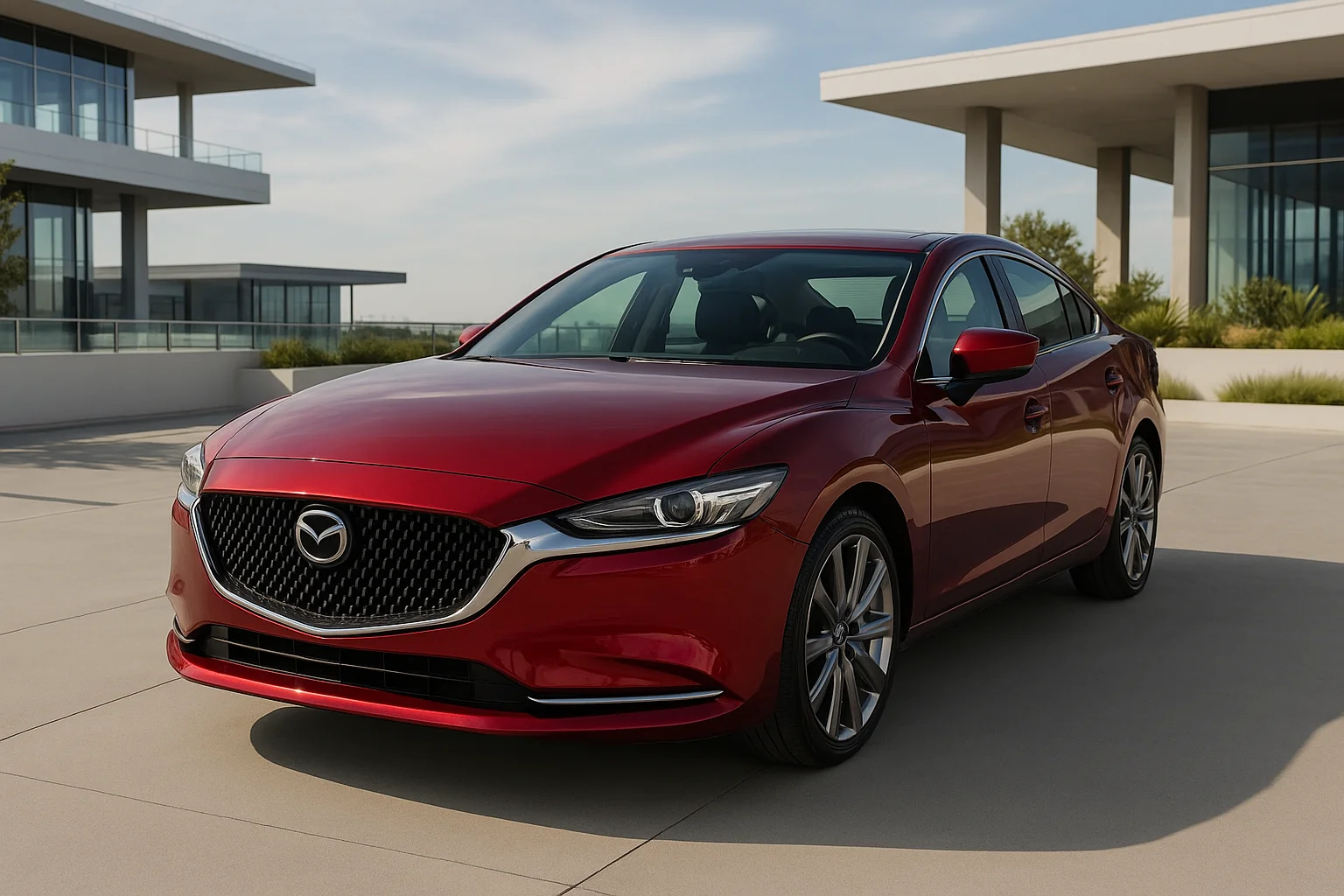
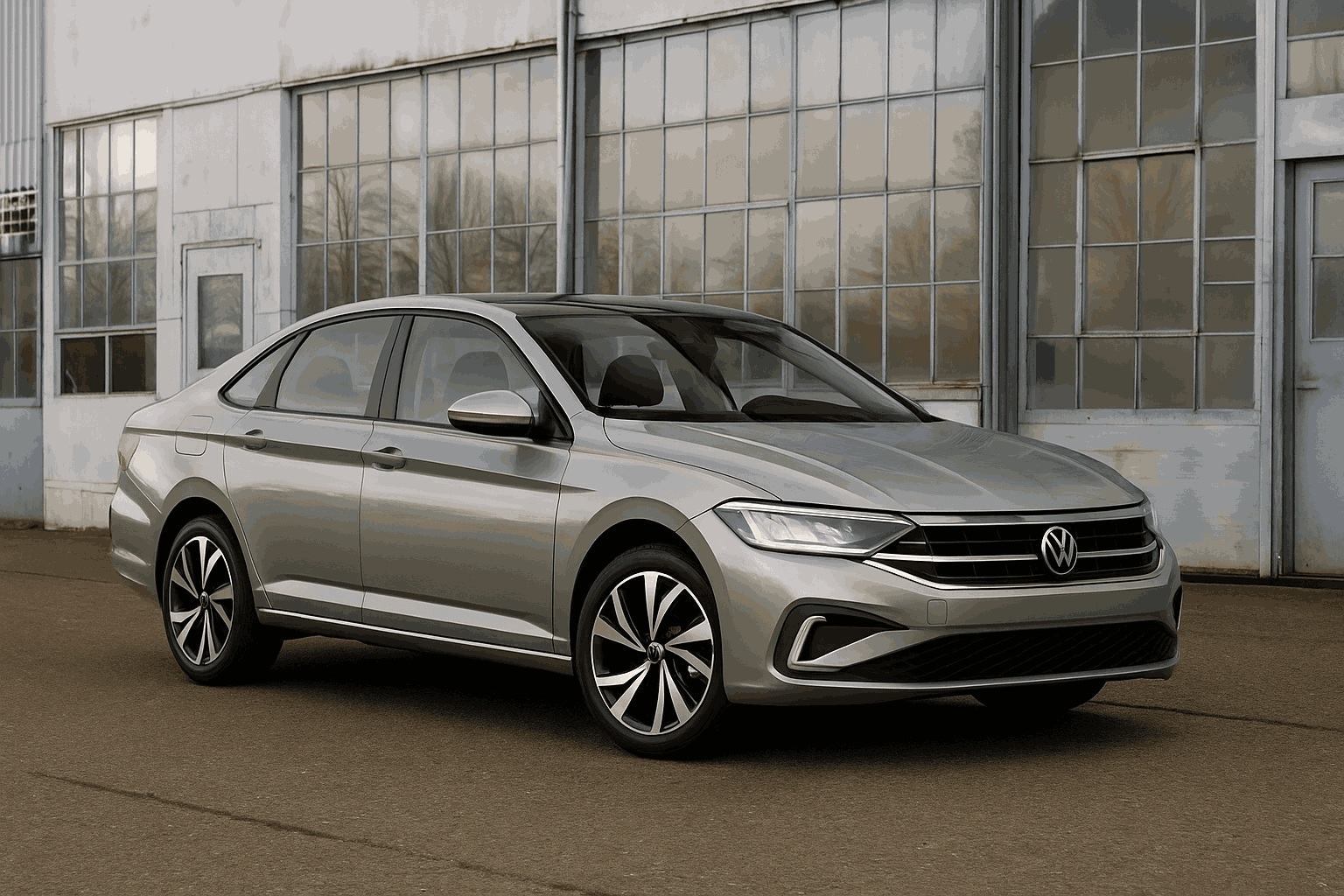
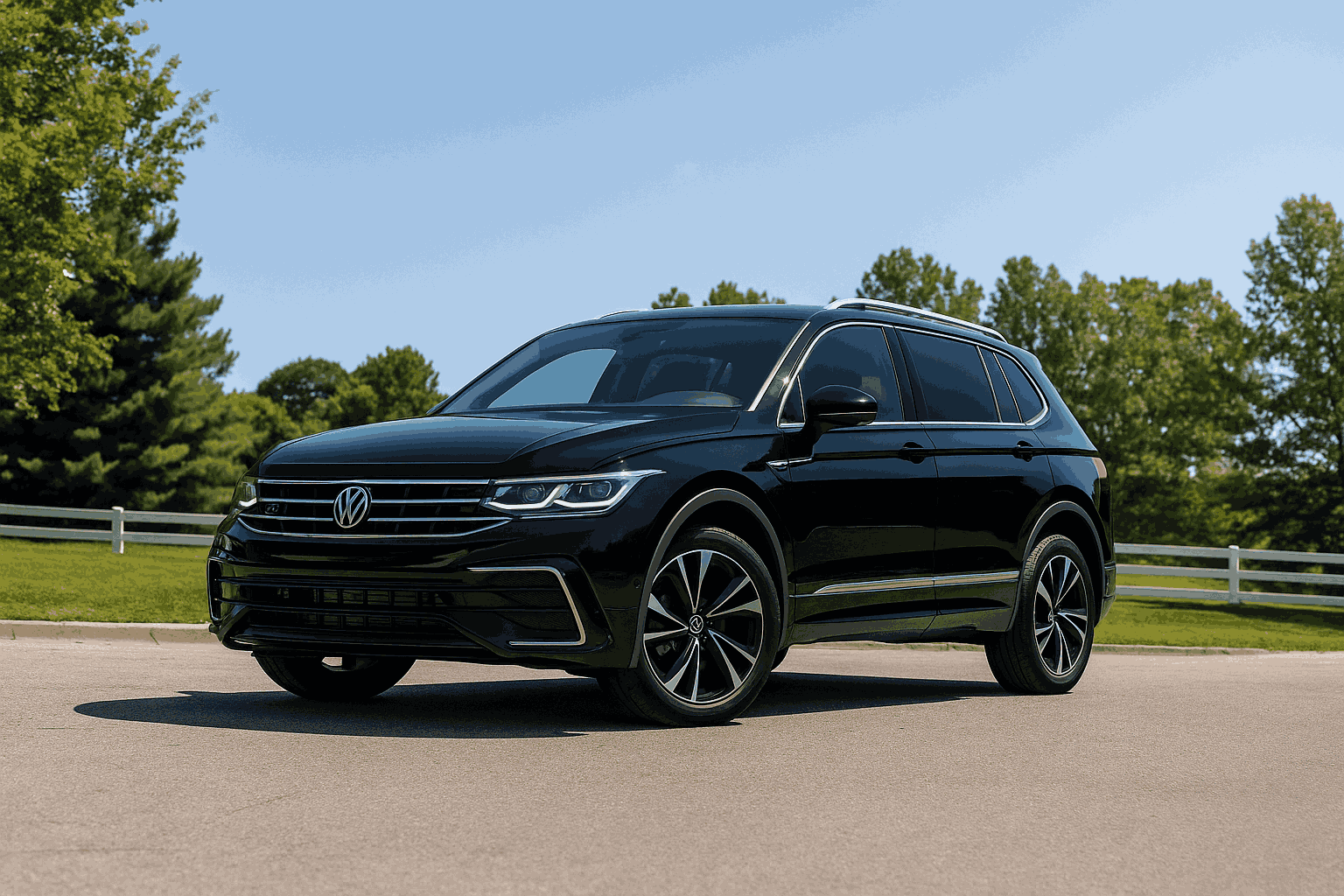
This Post Has One Comment
Pingback: 2025 Honda Civic Hybrid Review: Efficiency That Excites